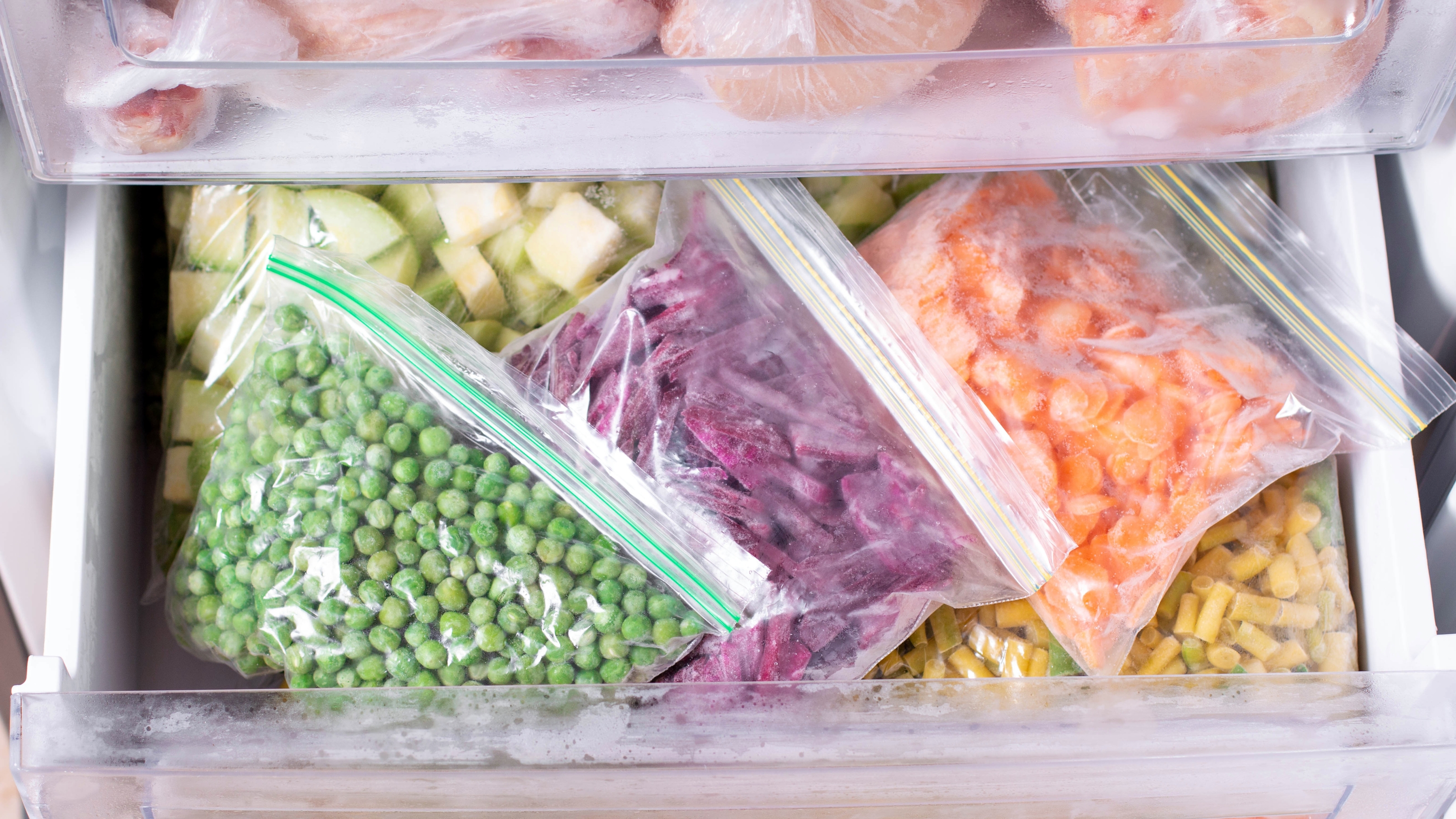
Whether you’re storing a batch cook and need to know how to organize a small freezer better, or you’re stocking up on supplies and imminently running out of room, our expert guide on sorting it out is jam-packed in all the right ways.
Regardless of how small your freezer is, organizing and maximizing every last inch is doable. We've spoken to a panel of experts who’ve shared their best advice for clearing out your freezer and transforming it into a more ordered space.
Knowing where to start when organizing a freezer can feel like a mammoth task, but with the right approach, it’ll be a breeze.
How to organize a small freezer like the pros
Organizing a freezer and knowing how to freeze food can feel like a challenge, but our cleaning specialists have shared plenty of tips for getting started, from strategically emptying out your freezer, to utilizing storage containers to maximize space.
1. Empty your freezer
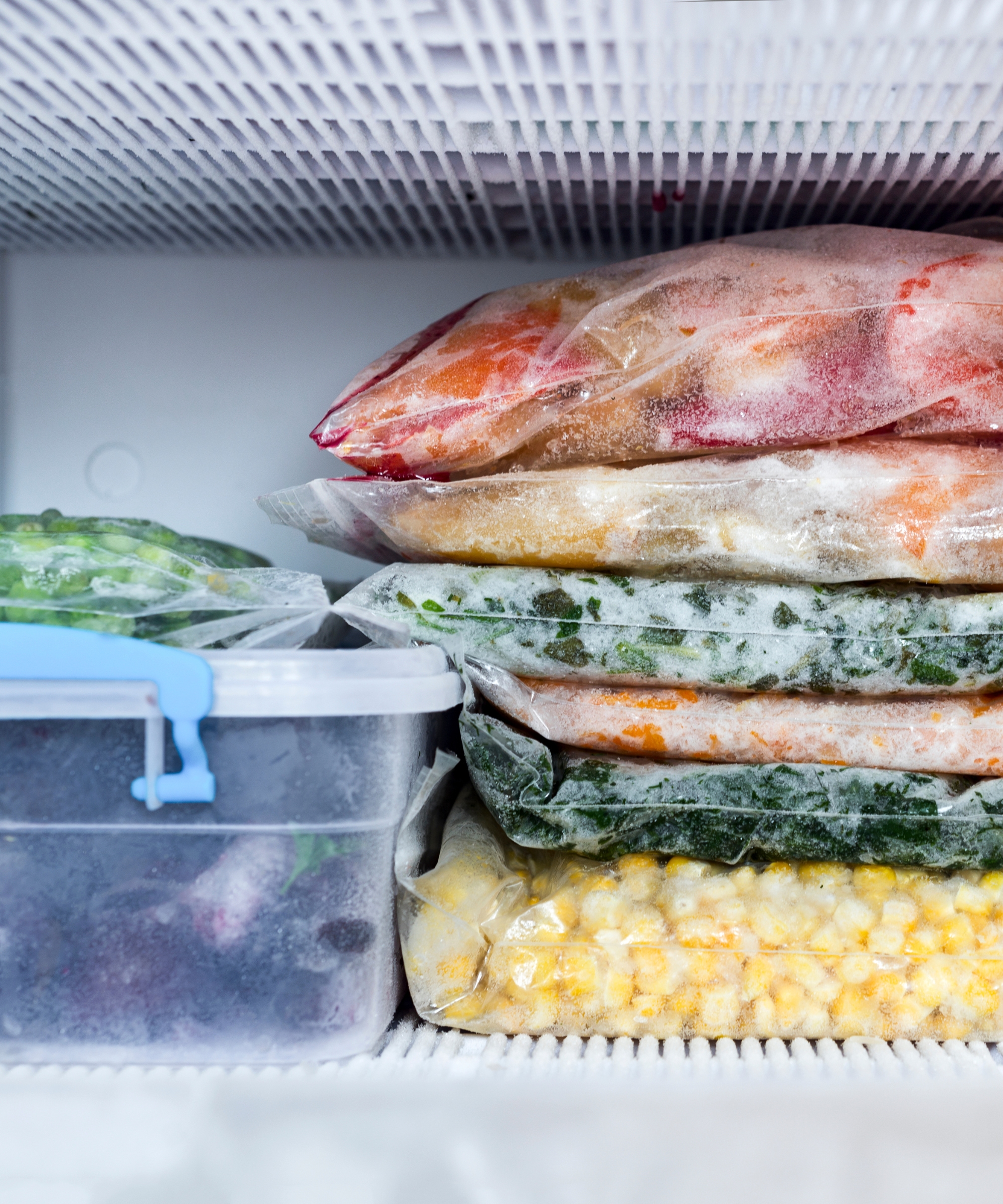
Before you defrost your freezer, move everything out. Cleaning expert, Hashi Mohamed, says, "Begin by emptying all the contents of your freezer onto a clean surface. This step allows you to assess what you have and ensures nothing gets overlooked during organizing.”
If you're worried about frozen food spoiling, add reusable cold packs (this set of two ice blocks from Target would work well) to a cooler (such as this extra large cooler box from Amazon) and place frozen foods inside to ensure they remain at the right temperature. Or, if you've got a fridge freezer, transfer your frozen foods into the fridge to keep them cool.
2. Check expiration dates
Hashi says, “As you go through the items, check their expiration dates. Discard any items that are past their prime or unidentifiable. Be particularly vigilant with items in the freezer for an extended period."
Any items that haven't been correctly stored or labeled, make sure to toss out. In terms of storing frozen foods, from freezing milk to freezing potatoes, it's crucial to know how long each item can be safely stored for.
As a rule of thumb, meat and fish can usually be safely frozen and stored for up to two months, dairy can be frozen for up to three months, and vegetables for up to 12 months. Any longer than this and food quality may be impacted or freezer burn (caused by water evaporating from food) may occur.
3. Group similar items together
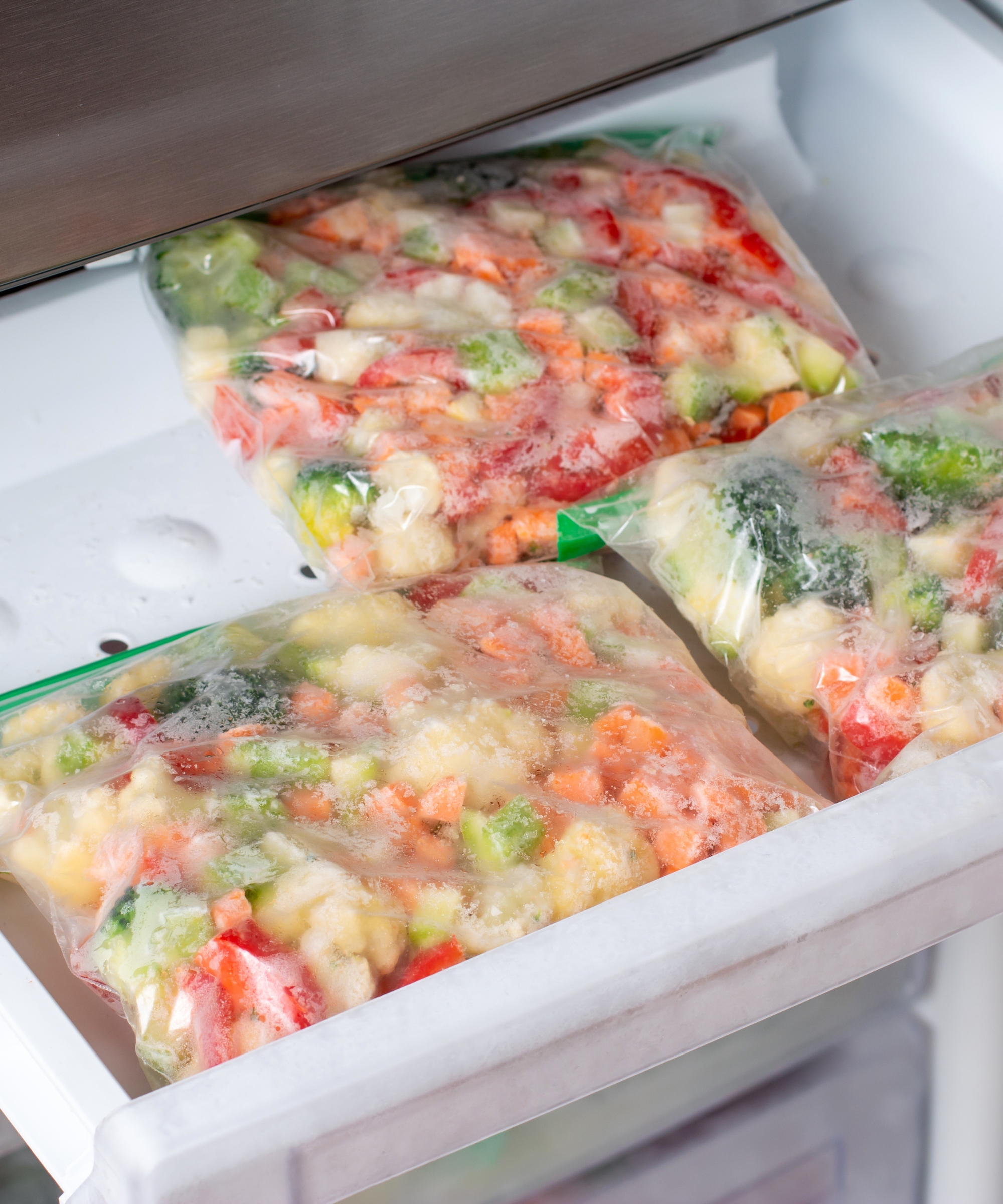
Hashi says, “Categorize the remaining items into groups, such as meats, vegetables, frozen fruits, and prepared meals. This step helps you see the quantity of each category and makes it easier to organize.”
Michael Gottron, cleaning expert, suggests, “Consider investing in clear storage bins (we like these sectioned storage bins from Amazon) or for grouping items, making it easier to identify and access contents.”
"Utilize stackable containers to optimize vertical space, ensuring items are easily visible and accessible. Consider adding shelf dividers to keep things neatly separated."
4. Be smart about labeling
Micheal says, “For added organization, label containers and arrange items by category or meal type."
By taking the time to identify items (we'd recommend using this handheld label maker from Target to make the process easier), you'll be clear on how long to keep frozen foods for and when it's time for it to go in the trash.
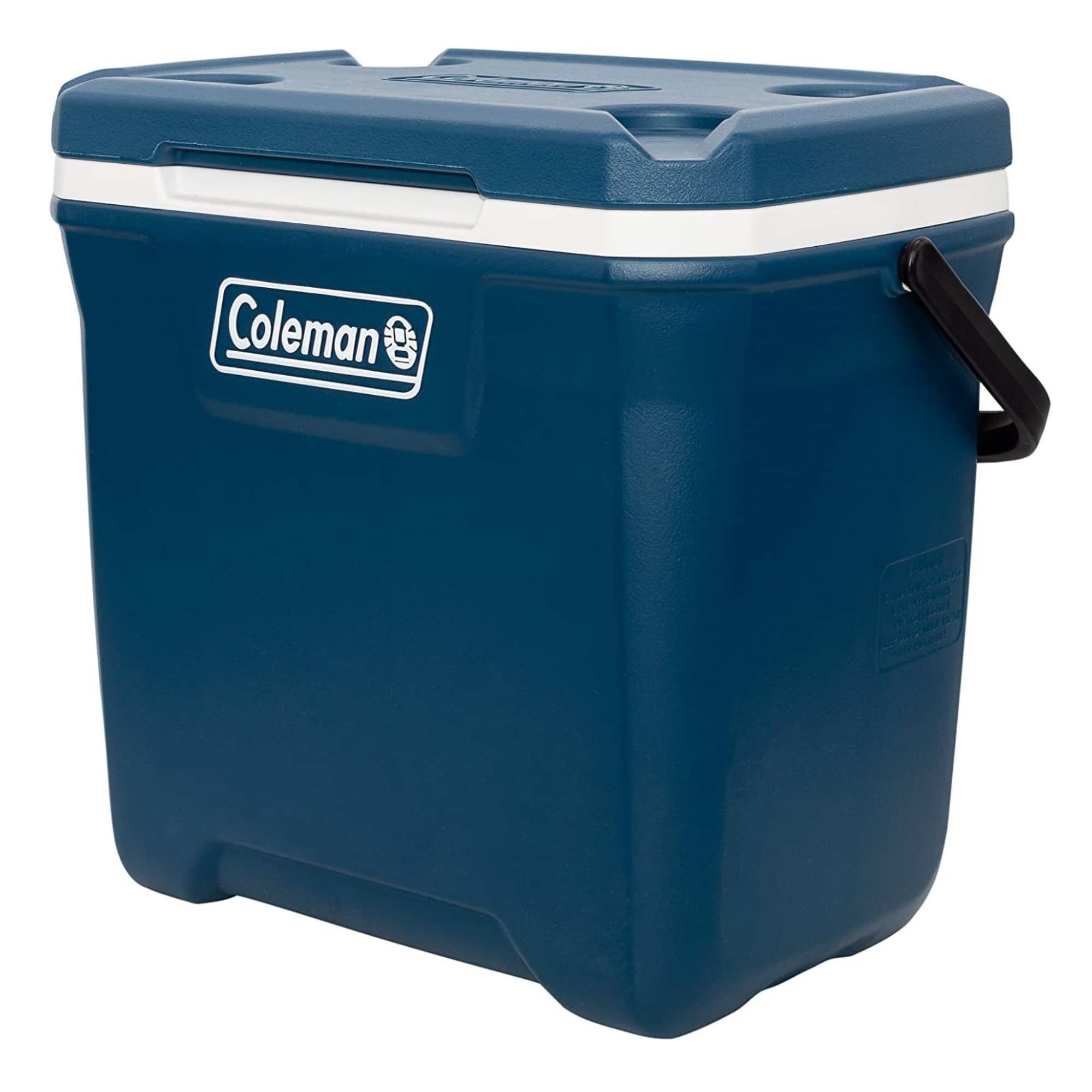
Size (inches): 22.68 H x 19.29 D x 10.63 W
Made from: High Density Polyethylene
Price: $146.49
This 26-liter cooler box is a great option for keeping food cool while you clear your freezer out. It's got plenty of room and offers high performance cooling, keeping food cold for hours, making it perfect for using while clearing out your freezer.
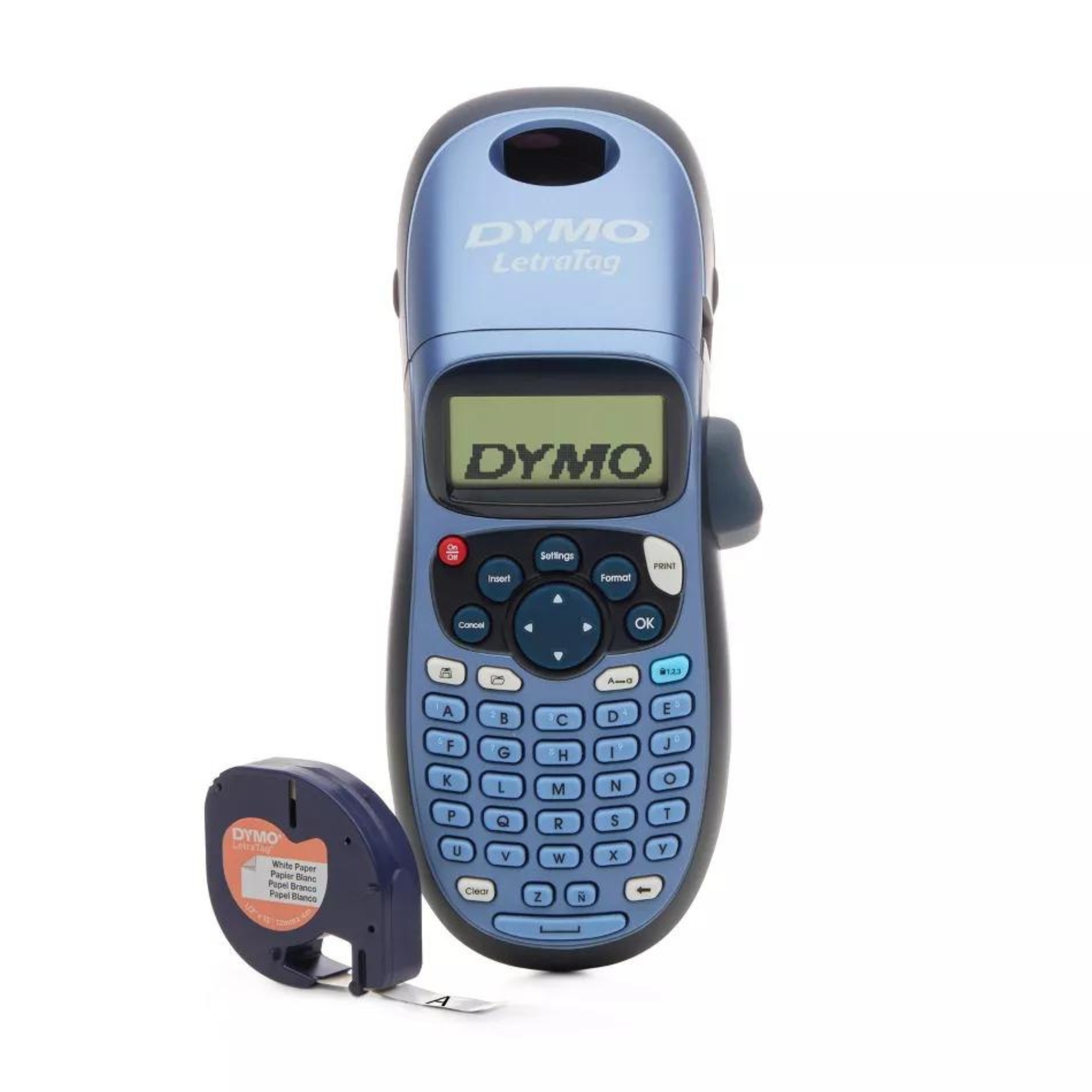
Size (inches): 8.0 (H) x 5.0 (W) x 2.0 (D)
Made from: Plastic
Price: $30.99
For quick and easy label making, this budget-friendly handheld label maker has two-line printing, five font sizes, seven print styles, eight box styles and an auto-off feature to save battery power.
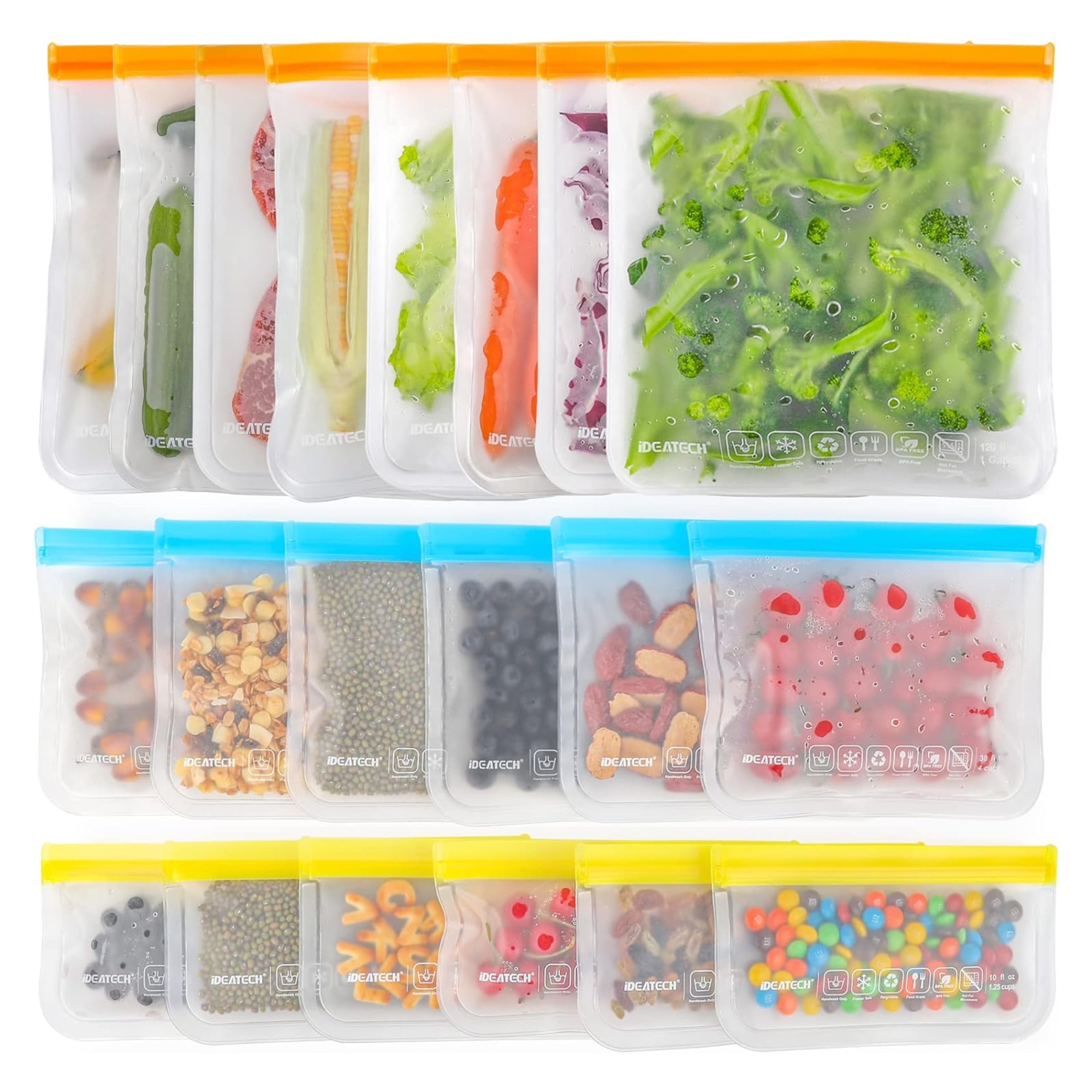
Size: Various sizes
Made from: Food grade silicone
Price: $21.99
For storing foods in the freezer more easily, these BPA-free, reusable silicone bags are ideal. They come in various sizes, are super easy to seal, and can be stacked flat within the freezer, helping to save space.
5. Maximize the space you have
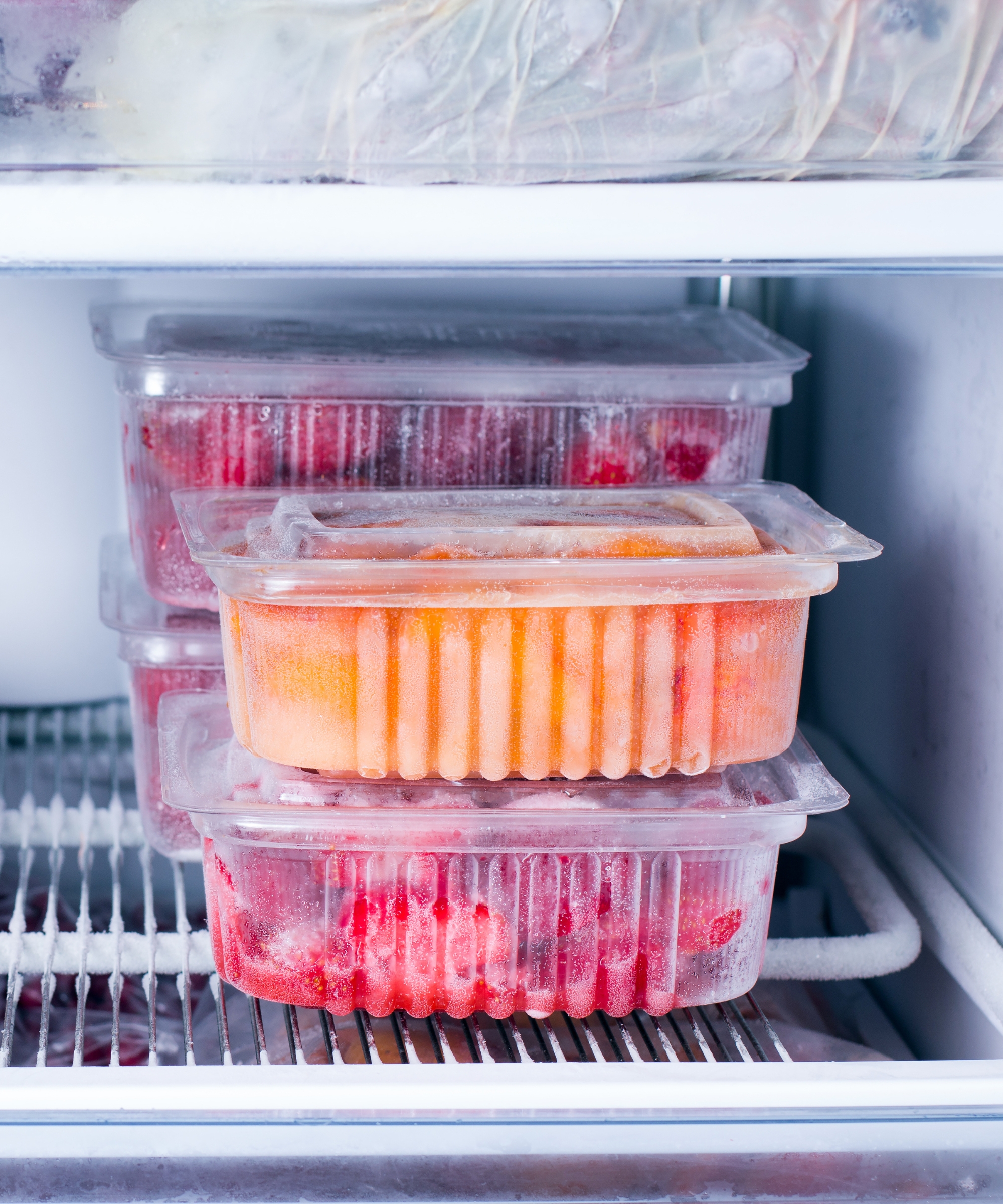
To make the most of the room in your small freezer, avoid wasting precious inches unnecessarily.
Hashi says, “Arrange items strategically, with smaller items and bags flat to make stacking easier. Use shelves, drawers, or bins to create organization within the freezer.”
You can also decant items from their store-bought packaging and pop into reusable and dishwasher-safe silicone storage bags, reclaiming the space packaging would have wasted (these reusable silicone bags from Amazon would work well).
Hashi adds, “Make it a habit to review and organize your freezer regularly. Aim to use older items before adding new ones, and periodically defrost your freezer to maintain efficiency.
“Following these steps ensures food items are stored efficiently, and minimize waste. A well-organized freezer saves you time and money by helping you make the most of the food you have on hand.”
Once you know how to organize a small freezer, the task becomes far easier to tackle and keep on top of moving forward, meaning not an inch of space goes to waste. In small spaces in particular, it really does make a difference and add up to better function in your appliance.
Now that you've learnt how to organize a small freezer, you might feel the urge to deep-dive into how to clean a freezer like a pro.







